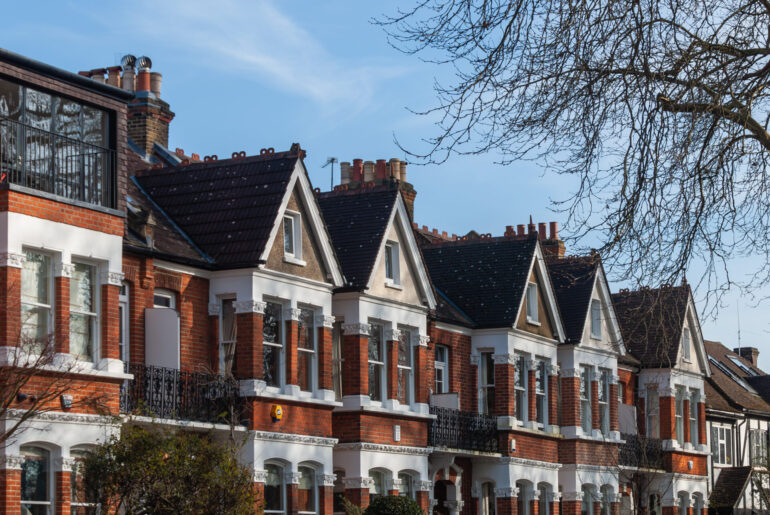Housing market activity was stronger in July 2025 than a year earlier, despite the usual summer slowdown, according to Zoopla’s latest House Price Index (HPI).
Buyer demand was up 11%, and agreed sales rose by 8%.
There were more homes on the market than ever, averaging 37 per estate agent branch.
Changes in mortgage affordability rules let buyers borrow up to 20% more than three months earlier, which pushed more people to buy before the summer.
This trend was seen across all regions of the UK.
However, higher Stamp Duty costs in England and Northern Ireland, following the end of temporary reliefs in April, held back price rises.
Research found that 83% of homeowners paid Stamp Duty on new purchases, compared to 49% before April.
The extra cost reached up to £2,500 per sale, about 1% of the average UK home price.
Stamp Duty had a bigger impact in the South, especially in London and higher value parts of the South East.
First-time buyers (FTBs) faced lower rates, but 41% now paid Stamp Duty compared to 19% before April.
The average FTB price in London meant a Stamp Duty bill of £6,100, up from £0 before April.
House price inflation slowed to 1.3% over the year, with the average UK house price at £268,400, up £3,350 from a year ago.
This slowdown came despite more activity and was linked to a 12% increase in homes for sale, giving buyers more choice and keeping prices in check.
Price growth slowed from 2.1% in December 2024.
Additionally, data showed that the North, Scotland and Wales saw stronger price growth, between 2% and 3%.
Northern Ireland was highest at 6.1%, and Belfast stood at 7.8%.
Southern regions saw the weakest growth, with the South East and London at 0.2% and the South West at 0.3%.
Truro, Torquay and Exeter saw some of the biggest price falls outside London, down 1.3%, 1.2% and 1.1%.
Richard Donnell, executive director at Zoopla, said: “The housing market is broadly in balance. We’re seeing healthy levels of demand and sales, but this isn’t sparking faster price inflation.
“In fact, more homes for sale, particularly across southern England, is re-enforcing a buyer’s market, keeping price rises in check.
“Many more home buyers are paying stamp duty since April and want this extra cost reflected in the price they pay.”
Donnell added: “While mortgage rates are holding steady, less stringent affordability testing has boosted buying power and is supporting more sales despite increased uncertainty.
“At the start of the year, we predicted house prices would rise just two per cent, at the lower end of forecasts for house price inflation.
“Prices are on track to be one per cent higher over 2025, half the level forecast.”
He said: “Greater supply of homes for sale and mortgage rates remaining higher than expected are the key reasons for weaker growth.
“Low house price inflation is not a bad thing so long as there is enough market confidence for people to list their homes and make bids to buy homes.”
David Powell, CEO at Andrews Property Group, said: “The market is continuing to find its new normal since the stamp duty incentive was withdrawn at the end of March 2025.
“In addition businesses are coming to terms with the increases in National Living Wage and National Insurances.
“The market continues to show incredible resilience, however the slow down in house prices is starting to impact consumer confidence illustrated by the increased numbers of properties currently on the market for sale.”
Powell added: “Without a reduction in interest rates or Government intervention its difficult to see any material change for H2.
“The obvious and immediate route is to create a more palatable and permanent solution to stamp duty to help ignite the market.
“The Government will certainly need a more flamboyant market to provide confidence to developers to build towards the targeted 1.5 million homes.
“The affordability challenge to buyers remains and I would advocate for immediate remedies to help consumers buy with confidence.”
Nathan Emerson, CEO at Propertymark, said: “As the year advances, it remains upbeat to witness greater levels of market activity when compared to only twelve months earlier.
“Both affordability and consumer confidence continue to steadily improve, with more competitive mortgage products gradually finding their way to the market.
“However, higher Stamp Duty costs have impacted house prices in some cases, and this is creating additional regional disparities in terms of house price growth.”
Emerson added: “The UK Government may need to reconsider the real world effects that increased Stamp Duty thresholds across England and Northern Ireland have caused, to better invigorate the market across the long-term.
“It remains vital the UK Government and devolved administrations meet their individual housing targets to keep pace with anticipated demand over the forthcoming years and to ensure there is a viable mix of affordable housing constantly flowing into the marketplace for those who aspire to buy.”



